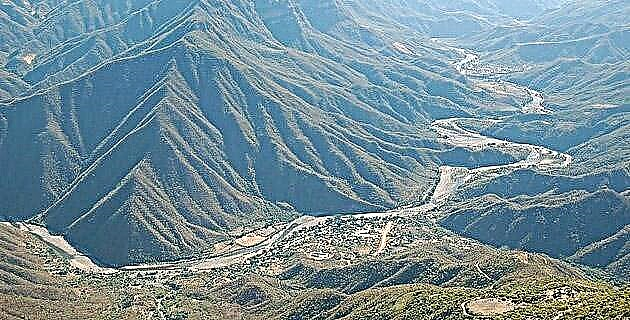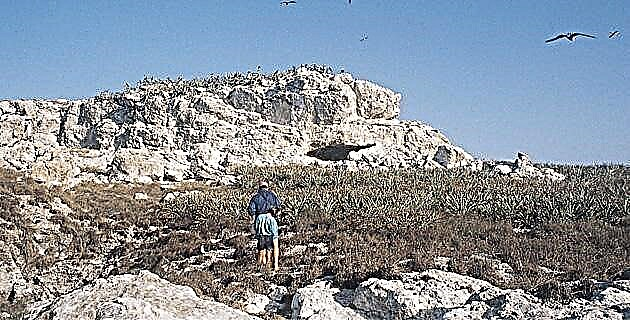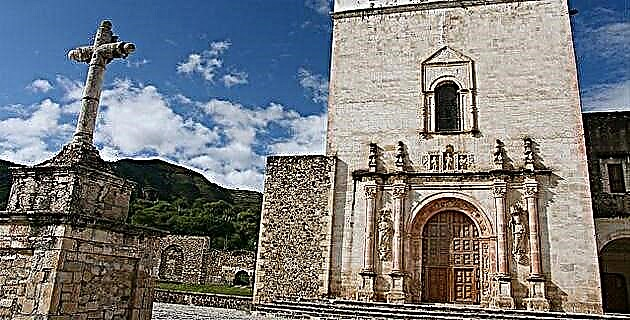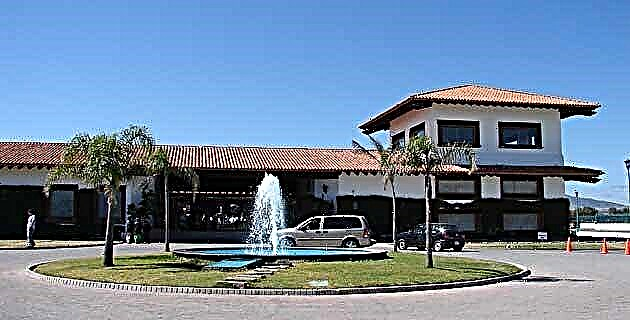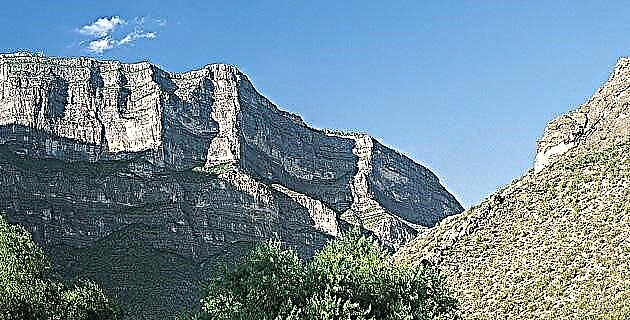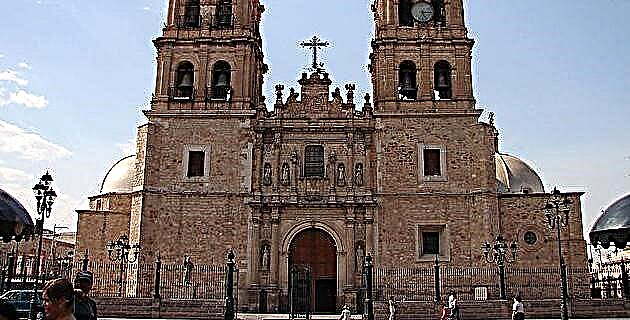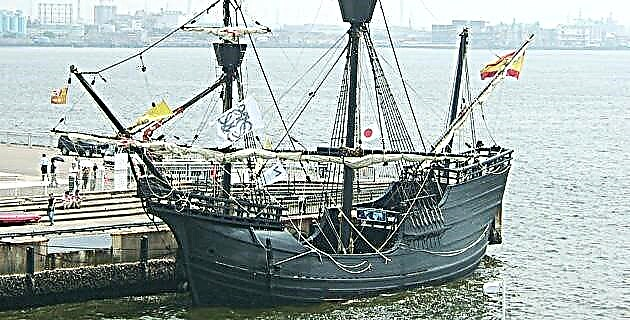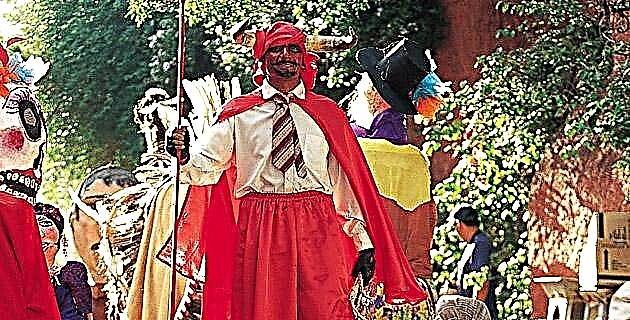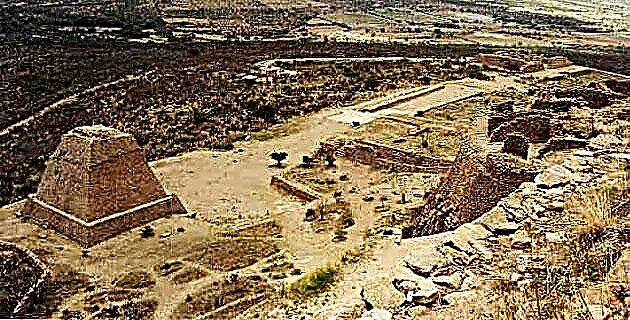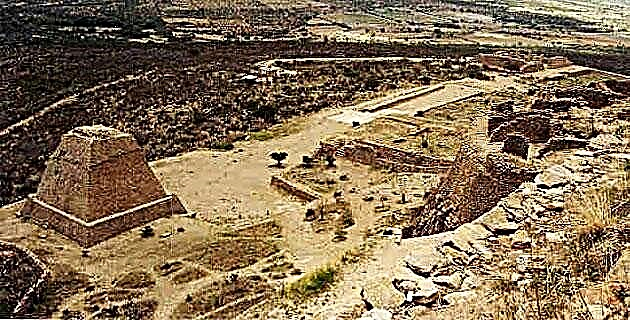
Talking about the history of a culture, whatever it may be, leads in a disciplinary interrelation to conceptualize the physical framework in which it has developed; that is, the one generated by a group of individuals who, with an innate sensitivity, starting from the observation of nature, not only imitated it but also came to the audacity to modify it for the benefit of their community, although trying not to lose sight of nature. balance that nature itself imposed, and continues to impose, on those who seek to understand it.
In the case of Mexico, civil engineering has, with the support of observation, experiences and attempts at deductive applications aimed at solving problems-, an antiquity so great that except for the testimonies still present, it could well correspond to a narration, the generational transmission by highlighting most of the time the grandeur of the works, has diminished, if not deformed, their enormous value as the fruit of human thought and ingenuity.
But not all were spectacular constructions; They were of different sizes, depending on their response capacity, without diminishing their importance; thus, water, the thesis and antithesis of abundance and scarcity, developed the imagination of engineers. In the first case, the until recently misinterpreted pyramidal constructions stand out, located in La Quemada, Zacatecas, which, as rain generators, challenged the dryness of the environment, and the great Moquitongo dam, in Puebla: first water control for irrigation. On the other hand, it is necessary to point out that the torrential rains -in other areas-, did not prevent the construction of immense platforms of highly resistant adobe blocks, on which the whole of San Lorenzo, of the Olmec culture, was founded.
In a premonitory combination of time and space in which the Mexica group had a preponderant place as a late culture in the Anahuac Valley, the latter -in his long pilgrimage- assimilated empirical engineering techniques that he put into practice when bringing to reality his desired desire to erect the greatest and most spectacular pre-Hispanic manor. Their first settlement, in what is now Hidalgo Avenue, confronted them with a hostile environment that, far from intimidating them, caused them to find what is always positive and negative.
In this case they found the solution through engineering, although already interrelated with hydraulics, soil mechanics, as well as the structure and resistance of materials.
They began by taking advantage of the brackish waters of the inland sea, on whose shore they were able to supply themselves with fertile lands with the creation of chinampas despite the aggressive waters. This led them to increasingly ambitious projects to transform the physical environment; one of them, the albarradón, which would separate the fresh from the salty waters, was achieved thanks to an innate engineer, Nezahualcoyotl, Lord of Texcoco. With this work they had, therefore, overcome an obstacle imposed by nature on the riverside peoples. The application of empirical engineering allowed them to glimpse something that could still be classified as reckless today: an artificial island later known as the Isle of Dogs. This arose after a hauling of topsoil from sites that to date are unknown; and they made a platform appear on the lake horizon that practically went from beyond the current atrium of the Metropolitan Cathedral to Peralvillo, and from Brazil Street to the Church of Loreto, approximately, although it seems incredible.
On this island they built their ceremonial center supported by stilts. These counteracted natural subsidence by controlling soil expansion by combining construction engineering with soil mechanics. At this time, the seat of the Aztec lordship was unmatched.
Magic city, half audacity and half recklessness, cradled by five lakes, programmatically enlarged by kilometers of chinampería; surrounded by lake piers and roads that, through floodgates, regulated the unevenness of the lakes in order to avoid terrifying consequences. But its ancient settlers understood that, despite representing an engineering success, it was also an attack on the balance established by nature, and with full awareness of this they made it appear iconographically in the chimalli that identified the Great Tenochtitlan. Nature would never forgive such an offense; I would punish that recklessness with the duality of life and death of water, in combination with seismic events.
The engineering of New Spain
Cortés, an excellent administrator, also had the spirit of an engineer, which was demonstrated in a short time that nature did not exercise actions against the capital city. Together with the builder Alonso García Bravo, he managed to adapt the Renaissance ideas of León Bautista Alberti and Sebastiano Sereyo to the layout of a city with abundant squares, square or rectangular, as the case may be, and straight, wide streets flanked by buildings of equal height. , oriented in such a way as to take advantage of the sunny, austere, favorite and northern winds.
In his spiritual focus it was the conceptualization of the New Celestial Jerusalem of Saint Augustine; architecturally, the seat of the most precious gem of the possessions of the Spanish Crown, to the extent that Carlos V took it as a model for the layout of new capital cities, a provision endorsed later by Felipe II. With this, an incipient civil engineering, which quickly took Mexican nationality, made an appearance in all the viceroyalties of America.
Constructions with innovative designs soon emerged; Such was the case of the Atarazanas (in the current direction of San Lázaro), part on the mainland and part in the waters of Lake Mexico, where three huge ships sheltered the vessels in the evenings. The overweight of buildings not suitable for the still unconsolidated land of the island-platform, made Spanish engineering fail due to the accelerated subsidence, lack of verticality and cracks that were rapidly manifesting. With this, a new challenge of nature gave rise to a symbiotic civil engineering by resorting to pre-Hispanic techniques.
Among the exponents that typified this fusion of answers were the foundations, and after well thought-out tests, various types of basements were found suitable to the characteristics of the soil. One was achieved based on inverted trapezoidal caissons, covered with a mixture of high resistance to humidity, which were closed with artificial slabs made with “clay soil from Michoacán”; These being the first elements manufactured in Spanish America.
The subsidence, a latent problem to date, caused the so misinterpreted viceroyalty to enter the phase of urban modernism with the underground network of potable water based on flexible pipes -configured by three basic axes that ran from west to east-, and the underground drainage network, with three shafts running from south to north.
Nothing stopped the progress of Mexican engineering anymore. Having had better and better knowledge of soil mechanics, made the city grow from the eighteenth century not only in extension, but also in the volume of civil, welfare, religious and municipal buildings; in this case, the drain with which it was sought to rid the city of floods. For its part, the Cathedral became the experimental center of civil engineering that would radiate throughout the territory.
The period of the illustration of Carlos III was basically reflected in technological and engineering advances that, together with the layout of certain roads, which still connect the city, shaped the city that astonished Humboldt himself. Nevertheless, the viceroyalty entered the slope of the twilight; A period of political instability began with the advent of a nationalist reunion, in this context, civil engineering was located in the field of professional education with the engineering career, in the Juarista era.
This institution, in which engineers began to be trained, served as a tangible precedent by supporting the country's infrastructure dynamics, training cadres of increasingly better-trained professionals -as of the current century-, leading to the realization of major works throughout the length and breadth of the Republic. The quality and innovations have been such that its designs and execution have come to form, at the international level, true schools of civil engineering, basically in the areas of foundations, structures, soil mechanics, seismology, hydraulics and tunnel engineering. All this development with its pre-Hispanic precedents greatly exalt Mexican ingenuity, of all times.
Source: Mexico in Time No. 30 May-June 1999

